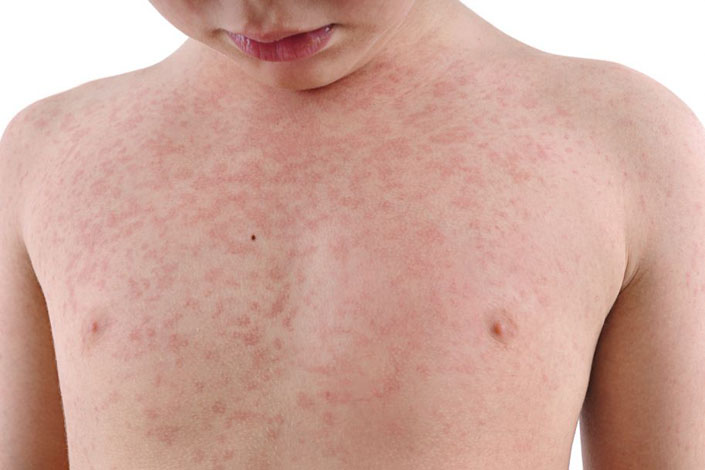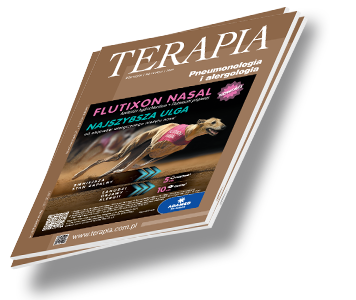Alergologia Terapia 2024, 4 ( 435 ) : 72 - 78
Inhibitory kinazy tyrozynowej Brutona w leczeniu pokrzywki przewlekłej spontanicznej
Bruton's tyrosine kinase inhibitors in the treatment of chronic spontaneous urticaria
Pokrzywka to choroba zapalna skóry objawiająca się wykwitami skórnymi pod postacią bąbli i/lub obrzęków naczynioruchowych, z towarzyszącym silnym świądem. Jeśli objawy te występują codziennie lub nawracają przez większość dni w tygodniu przez okres co najmniej 6 tygodni, pokrzywkę klasyfikujemy jako przewlekłą. Zależnie od możliwości identyfikacji bodźca spustowego wysiewu bąbli pokrzywkę przewlekłą dzielimy na indukowalną/fizykalną (w której bąble występują wyłącznie na skutek zadziałania definiowalnego bodźca wyzwalającego, jak: zimno, ciepło, mechaniczne drażnienie, ucisk) lub spontaniczną (gdy bąble/obrzęki pojawią się niezależnie od działania bodźców fizykalnych, w sposób całkowicie nieprzewidywalny, ze zmiennym nasileniem), przy czym obydwa rodzaje mogą współwystępować (1–4).

Zaloguj się i przeczytaj bezpłatnie całą treść artykułu.
Nie masz jeszcze konta dostępowego?
Zarejestruj się bezpłatnie, a otrzymasz:
* dostęp do wszystkich doniesień oraz pełnych tekstów artykułów naukowych w naszej Czytelni,
* prawo do bezpłatnego otrzymywania newslettera "Aktualności TERAPIA" z przeglądem interesujących i przydatnych wiadomości ze świata medycyny oraz systemu ochrony zdrowia w Polsce i na świecie,
* możliwość komentowania bieżących wydarzeń oraz udziału w ciekawych quizach i konkursach.
Zapraszamy serdecznie, dołącz do naszej społeczności.



Dodaj komentarz